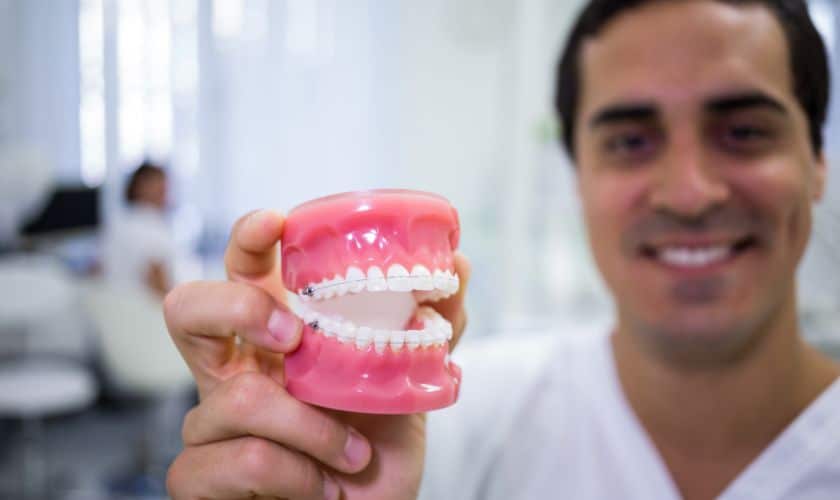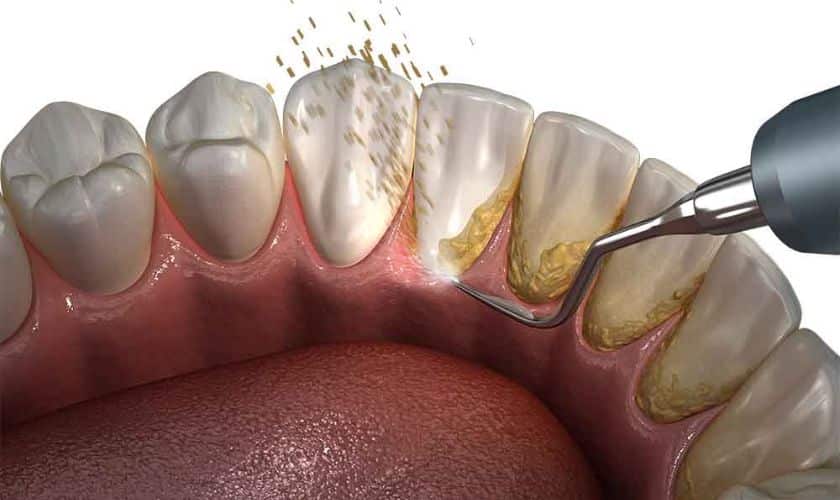
January 13, 2024
A captivating smile is often considered the universal language of warmth and approachability. One key factor that contributes to an attractive smile is the whiteness of your teeth. Teeth whitening has become a popular cosmetic dentistry procedure, promising to transform stained or discolored teeth into a radiant, pearly white smile. In this Teeth Whitening guide, we’ll delve into the basics, helping you understand the process and make informed decisions on achieving that dazzling smile.
The Science Behind Teeth Discoloration
Before we dive into the world of teeth whitening, it’s essential to understand why teeth lose their natural whiteness. The most common culprits are food and drinks like coffee, tea, red wine, and certain fruits, which can leave stains on the enamel. Additionally, tobacco use and aging contribute to tooth discoloration as enamel naturally wears down over time, revealing the yellowish dentin beneath.
Types of Teeth Stains
Teeth stains are generally categorized into two types: extrinsic and intrinsic.
- Extrinsic Stains: These are surface stains caused by external factors like food, drinks, and tobacco. They typically affect the enamel and can be effectively treated with various teeth whitening methods.
- Intrinsic Stains: These stains occur within the tooth structure, often as a result of trauma, certain medications, or excessive fluoride exposure during tooth development. Intrinsic stains can be more challenging to treat and may require professional interventions.
Common Teeth Whitening Methods
- Whitening Toothpaste: A simple and accessible option, whitening toothpaste contains mild abrasives and gentle polishing agents designed to remove surface stains. While effective for maintaining a white smile, it may take time to see noticeable results.
- Over-the-Counter Whitening Strips: These thin, flexible strips coated with a peroxide-based gel are applied directly to the teeth. They are an affordable and convenient option but may not provide as dramatic results as professional treatments.
- At-Home Whitening Kits: These kits typically include custom-fitted trays and a peroxide gel. Users apply the gel to the trays and wear them for a specified period. While more effective than over-the-counter strips, at-home kits may still take several weeks to achieve desired results.
- In-Office Professional Whitening: Conducted by a dentist, professional teeth whitening involves the application of a high-concentration peroxide gel, often activated by a special light. This method provides quick and noticeable results in a single session, making it the preferred choice for those seeking immediate improvement.
Considerations Before Whitening Your Teeth
- Consultation with a Dentist: Before embarking on any teeth whitening journey, it’s crucial to consult with a dentist. They can assess the health of your teeth and gums, identify the type of stains you have, and recommend the most suitable whitening method.
- Understanding Sensitivity: Some individuals may experience tooth sensitivity during or after teeth whitening. This is a common side effect, especially with stronger whitening agents. Dentists can provide guidance on managing sensitivity or recommend alternative methods.
- Managing Expectations: While teeth whitening can significantly improve the brightness of your smile, it may not be a one-size-fits-all solution. Individual results vary based on factors like the severity of stains and the chosen whitening method.
Maintaining a Whiter Smile
Once you achieve that radiant smile, it’s essential to adopt habits that help maintain your teeth’s whiteness. This includes practicing good oral hygiene, avoiding or minimizing consumption of stain-inducing substances, and scheduling regular dental cleanings.
Teeth whitening is a transformative journey that can boost your confidence and enhance your overall appearance. Understanding the basics of teeth whitening, from the science behind discoloration to the various methods available, empowers you to make informed decisions about achieving a brighter, whiter smile. Always consult with a dental professional to ensure your chosen whitening method aligns with your oral health needs, paving the way for a radiant and confident you.
Recent Posts

Top Benefits of Using a Sedation Dentist in the Portland Area

Missing Teeth? How Dental Implants Can Restore Your Smile

Oral Cancer and Dental Professionals: The Frontline of Defense

Fresh Breath Quest: Knowing When to Seek Dentist Help for Bad Breath

